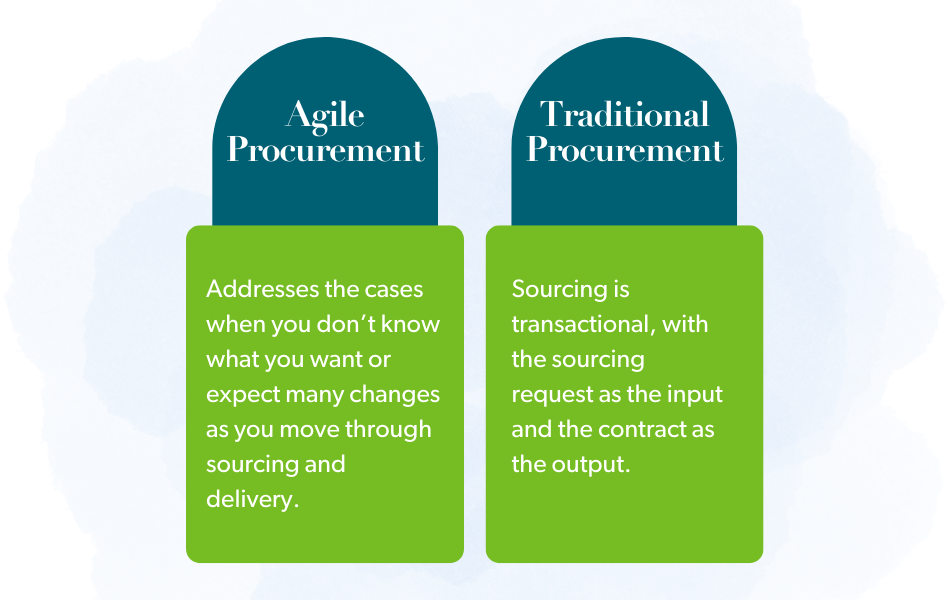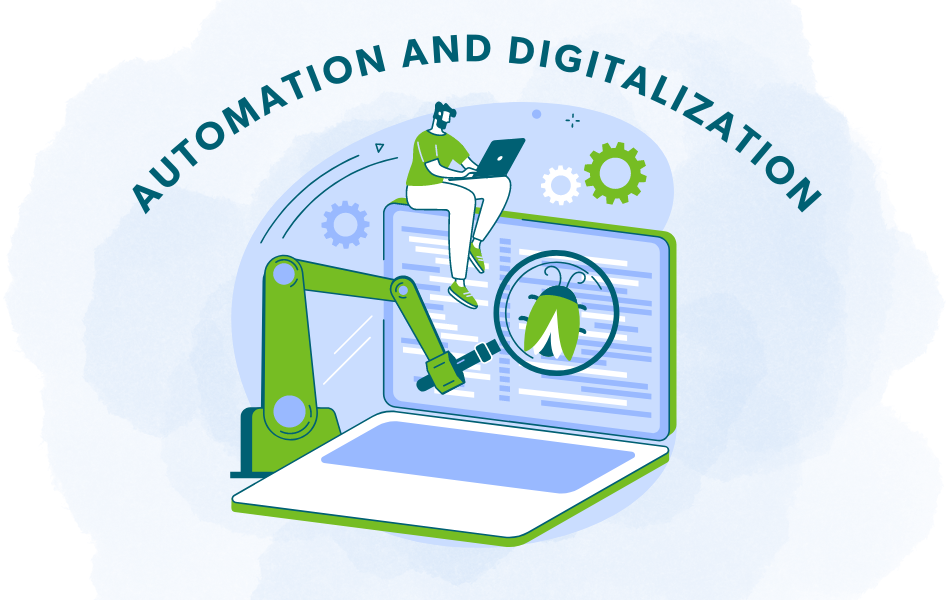-
- marketing agility
- Teams
- Organizations
- Education
- enterprise
- Articles
- Individuals
- Transformation
- Solution
- Leadership
- Getting Started
- business agility
- agile management
- going agile
- Frameworks
- agile mindset
- Agile Marketing Tools
- agile marketing journey
- organizational alignment
- Agile Marketers
- People
- Selection
- (Featured Posts)
- strategy
- agile journey
- Metrics and Data
- Kanban
- Resources
- Why Agile Marketing
- agile project management
- self-managing team
- Meetings
- agile adoption
- scaled agile marketing
- tactics
- Scrum
- scaled agile
- AI
- agile marketing training
- agile takeaways
- Agile Meetings
- agile coach
- enterprise marketing agility
- Agile Leadership
- Scrumban
- state of agile marketing
- team empowerment
- agile marketing mindset
- agile marketing planning
- agile plan
- Individual
- Intermediate
- Team
- Videos
- kanban board
- Agile Marketing Terms
- agile marketing
- agile transformation
- traditional marketing
- FAQ
- agile teams
- Agile Marketing Glossary
- CoE
- agile
- agile marketer
- agile marketing case study
- agile marketing coaching
- agile marketing leaders
- agile marketing methodologies
- agile marketing metrics
- agile pilot
- agile sales
- agile team
- agile work breakdown
- cycle time
- employee satisfaction
- marketing value stream
- marketing-analytics
- remote teams
- sprints
- throughput
- work breakdown structure
- News
- Scrumban
- agile brand
- agile marketing books
- agile marketing pilot
- agile marketing transformation
- agile review process
- agile team charter
- cost of delay
- hybrid framework
- pdca
- remote working
- scrum master
- stable agile teams
- startups
- team charter
- team morale
- user story
- value stream mapping
- visual workflow

As someone who came to Agile procurement and supply by asking my favorite question: “what if?” I wanted to share what I’ve learned in 8 years spent transforming how companies get what they need to function and send their products around the world.
Frankly, people underestimate just how much rests on procurement and supply chains. They can hardly believe me when I explain that commercial functions including accounting, sales, and procurement, depending on the industry, might be responsible for 80% of company revenues, billions.
Contrast that scale with just what an impact Agile ways of working can have on this space, increasing time to market not by 10% but by 100%, 200%, even 800% easily. From a business perspective, that means the world because if you can improve time to market in strategic cases then you have a direct impact on revenue and profits.
So how did I come to this area of Agile and what does truly Agile procurement look like in practice?
What is Agile procurement?
The traditional procurement process varies depending on the industry and what is being procured. But in general terms it involves a dedicated team working out what’s needed, creating a request for bids, receiving bids, evaluating, negotiating, and contracting.
Agile Procurement vs Traditional Procurement
The main difference between the two is that traditional sourcing is setup transactional, with the sourcing request as the input and the contract as the output. This works fine if you can describe exactly what you want and if there are known solutions, products, or services out there to meet your needs.
Agile procurement addresses the cases when you don’t know what you want or expect many changes as you move through sourcing and delivery. Applying Agile principles and utilizing cross-functional teams (more on them later) means ensuring a single team is responsible for both delivery and sourcing. However, that team will still go through the traditional sourcing steps, just as a single team.

But these steps are completed collaboratively, for example by organizing design thinking workshops with the end user or customer. These are opportunities to gather information on their real needs first-hand instead of simply guessing at them. Working closely with shortlisted vendors ensures better alignment and solutions can be developed together. This way we use the collective intelligence in the room to cope with uncertainty and bring “collaboration over contract negotiations“ to the next level.
How We Realized that Procurement Needed Agility
My journey with Agile procurement began back in 2014 when my colleagues at flowdays.net and I began thinking about uncovered fields in agility. But we soon realized this was the wrong approach. Instead of starting with Agility as a solution and going looking for problems, we needed to ask ourselves what we would do if we had no limitations.
So we started from “let’s reinvent procurement,” asking what we would do if we had one day for a crazy complex procurement case and wanted to select a vendor, sign a contract and have an Agile team set up and ready for delivery the same day. So instead of starting with Agile as the solution, we began with the problems of procurement and evaluated and applied Agile ways of working where needed.
Soon we could tell we were on the right track because we didn’t have to do any selling, companies came to us. Usually, their procurement and supply chain situation was dire, they were dealing with new regulations, a competitor was bypassing them, etc. The benefit was that this meant they often had no other choice than to try something totally different.
Most large companies have strategic sourcing cases which might only happen a few times a year. In other cases, a huge bank might have thousands of small purchases every month so it makes no sense to do that manually. Critically, both types of procurement had a lot to gain from Agile and ultimately, it’s not difficult to sell something which improves time to market so substantially.
How Covid Brought Procurement and Supply Chains into the Spotlight
The global pandemic finally made procurement and supply chains primary focuses in C-suites across the world. These were areas that were far too easy to ignore and take for granted until a major problem arose. Then, suddenly, it was clear just how much needed to change.
It’s no surprise, for example, that our latest State of Agility in Procurement & Supply reports that both procurement and supply professionals listed digitalization as their number one priority. Companies are facing a lot of pressure to automate where they can. The pandemic broke supply chains around the world, leaving companies scrambling to find other ways to move goods.
What will Procurement Professionals Do in an Automated Future?
Right now, there are two key developments happening in this space. The first is that companies are automating and digitizing whatever they can. This opens the question of what procurement professionals will be asked to do in the future? In short, they will be called on to handle what can’t be automated, deal with uncertainty, deal with other humans, and handle strategic planning.

The problem is that procurement professionals are still being held back by adherence to 150-year-old practices.
The second thing is the incredible development on the supply side. In the past, it was okay to spend a year designing a solution because it took the vendor 2-3 years more to develop the specific project or product. Today, however, with 3D printing and other new technologies things accelerated substantially, putting procurement specialists under pressure to reinvent themselves.
A lot of that reinvention happened during the pandemic, as it forced many professionals to find ways to do what was previously unthinkable. However, it also meant the solutions they found were often unsustainable in the long run, approaching new complex problems with a combination of high pressure and old ways of working.
We try to solve that through Agile ways of working and, most importantly, through collaboration.
Why Agile procurement should be built on collaboration
For us, Agile procurement isn’t a checklist, it’s more of a framework. So we like to begin by figuring out the biggest issue slowing someone down. Ironically, while you might assume that procurement and supply must have specific challenges, they actually have the same problems other Agile groups have: lack of alignment, focus, commitment, and empowerment.
That’s why we build our framework around these key challenges, starting with a kickoff where the aim is to align not just across a functional team we’re setting up but with internal sponsors and key stakeholders in leadership. Those frameworks are built on cross-functional teams.
In fact, someone recently called our cross-functional teams the next stage of DevOps -or DevOps on Steroids- because with it we extend the dev team with operations so there’s no handoff. We then extended that to the other side of the value stream all the way from idea to development. In the past people handed over pre-work, specs, etc. to procurement to do the tendering and contracting, then they got offers from vendors, and then again a handover to negotiations, contracts, legal, and then a handover to the dev team again.
We tried to bridge this gap so the business is, from the beginning, in the lead as a product owner and the people that will be responsible for delivery are on that team from the beginning. These cross-functional teams can be further boosted by adding capabilities from procurement and even compliance at times (like in banking). The goal is to add all the capabilities to the team from the start.
These cross-functional teams support the challenge of handovers, lack of commitment, and lack of ownership. Using this approach, we recently sourced an Enterprise Resource Planning (ERP) system in 4 weeks, which is a new world record. The benchmark for that is typically 12 months.
Still, there are challenges. A major one is availability. Forming a cross-functional team of key people with key capabilities is very hard. We came to the conclusion that we don’t start if we don’t have them. If the key people aren’t available then there must be good reasons for this, which leads to a portfolio question: what is strategic to the business? We discuss that and will have a portfolio conversation with leadership.
Another key thing to mention about forming cross-functional teams is to do so by looking for volunteers. You want to have people who are curious about new things even if they don’t know much about Agile. You need people ready to work outside their comfort zone.
Btw. if the cross-functional team is aligned on the why and what of the sourcing case they expand their alignment across companies. In other words, they invite shortlisted vendors to a big-room workshop to co-create the optimal solution design, their proposals, and even an agile contract together. Introducing cross-companies collaboration lets get much better outcomes much earlier!
The Future of Agile Procurement
From an Agile perspective, procurement won’t survive.
It will transition from a function to a capability. Think of QA in a DevOps team. It used to be a department, but it turned towards a capability as Agility became implemented. We’re seeing something similar happen with procurement, but we’re also pushing this shift ourselves.
This leads to several developments. First, people in procurement need to leave their silos. In the past, procurement would say “we’re busy, but we can support you as long as you specify what you’ll need so we can look at vendors.” Now they’re more proactive, going out into the business to figure out what’s needed, educating, and empowering teams to source themselves.
From an Agile consulting point of view, we started in this little niche of procurement and it became huge because now every Agile team needs the capability to find, deal with, and manage partners, whether they’re internal or external.
The other big development, particularly triggered by Covid, was the concept of a supply chain becoming outdated. With classic supply chains, if one link breaks the whole thing breaks. So we’re starting to speak, especially in the Agile community but also the procurement community, about how we can scale Agile across companies to create more of an ecosystem of partners around some business cases.
Taken together, I see amazing potential for Agile cross-functional teams to massively improve how procurement and supply function. The benefits for businesses will be massive, but first, they need to see the problem and start addressing it.
Taking Steps Towards Business Agility
Agile procurement has the potential to radically change how businesses obtain what they need to thrive, but the wider benefits of business agility are still worth pursuing as well. Our new Business Agility Lab is specifically designed to get you on your way to being a truly Agile business.
Topics discussed

Thought Leader in Lean-Agile Procurement, CIPS Award Winner 2018, international Speaker, Author, President of LAP Alliance, co-founder flowdays, Agile Enterprise Coach, Certified Scrum@Scale Trainer
Improve your Marketing Ops every week
Subscribe to our blog to get insights sent directly to your inbox.



